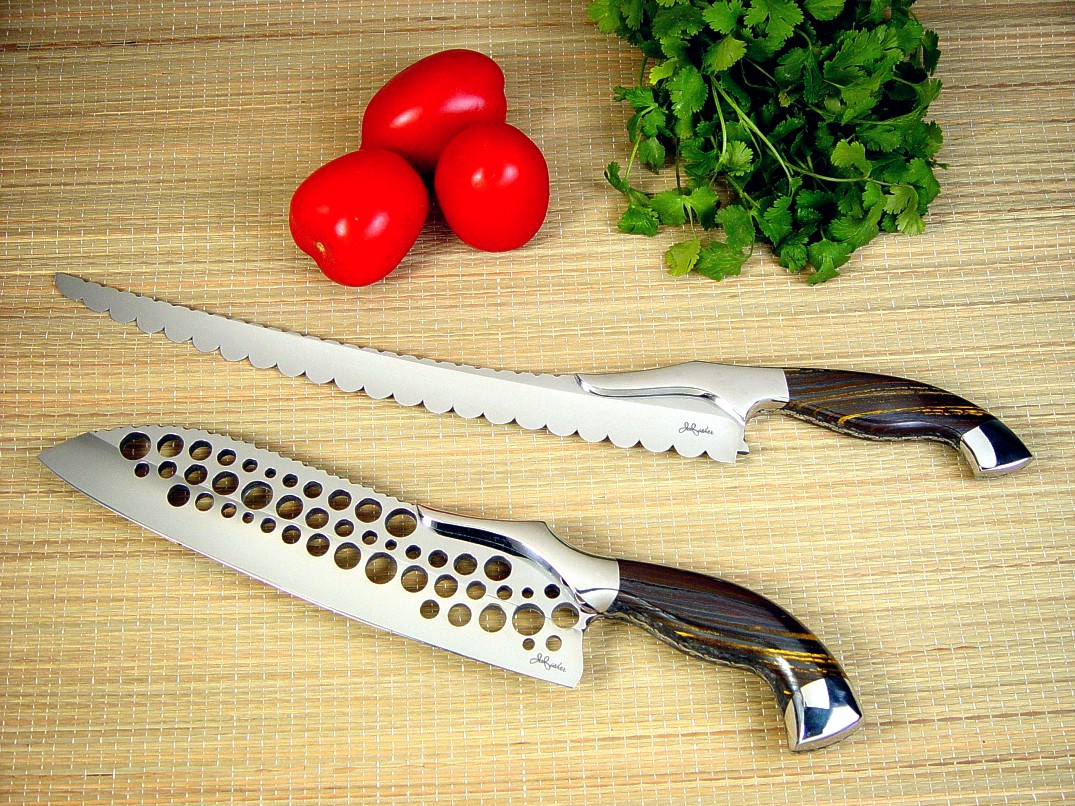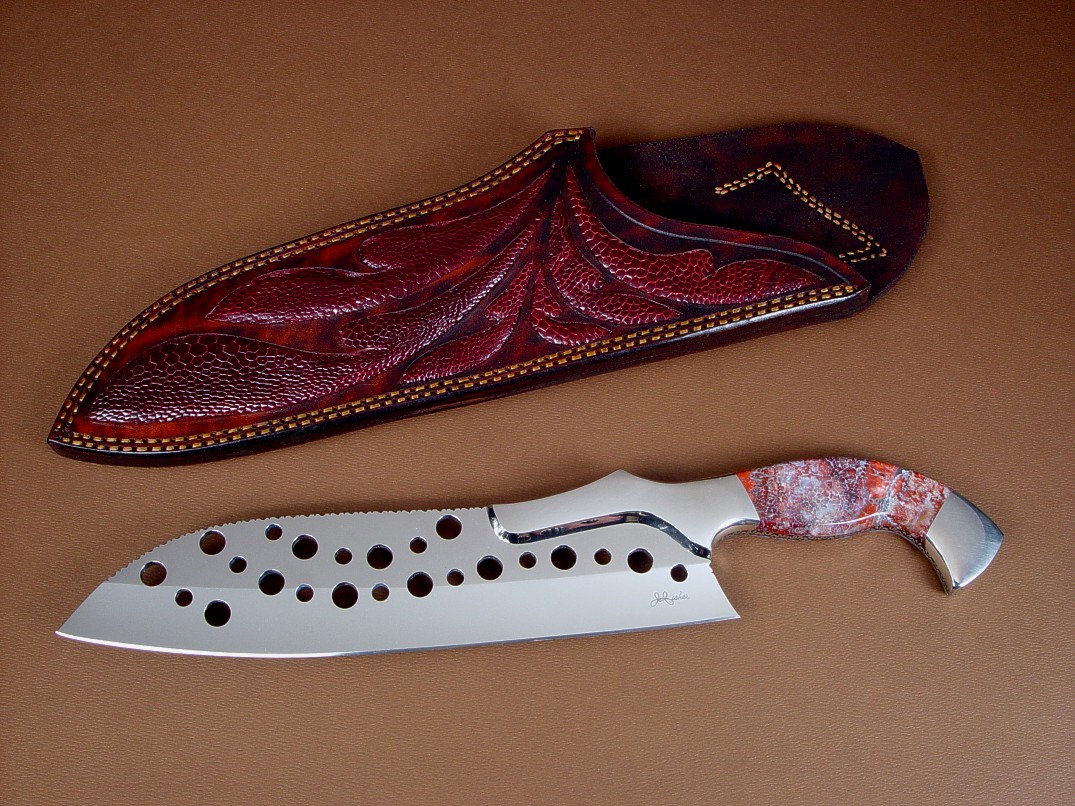The good thing that you can say about the article and the aforementioned mass market brands is that things like this can possibly steer people away from the Furi knives of the world or worse. There are a lot of knives that fall into the "or worse" category polluting the kitchens of America!! I like to think of products like Global knives as potential "gateway drugs"
Ok, now I finally read the article, but I am going to be the lone dissenting voice on this one I think. I don't think the article was that bad -- and by that I mean barf bad. Sure we could have made it a lot better and there were a few really bad lines, but we geeks also would have made it too technical so that 90% of readers would have given up and not read it. I actually think the title and lead picture are the worst part and the expert knifemaker was not a good representative.
With that said, the point about food being cut and not torn is valid. No one here would argue that men aren't the biggest knife nuts. The author said not to cut on glass or granite. Simple advice, true, but still a common mistake by the average person. Yes, I get sick of the Shun and Global branded approach, but I just had a home dinner prepared by a very good chef who used a global, and I have also seen chefs like Grant Achatz use a global. A lot of people and even some pros use them. The author acknowledged carbon knives and dared uttered the word 'patina'. Not a bad attempt at expanding the discussion IMO given space and the fact it is still a blog. The author also advised against knife blocks.
Anyhow, that is my 2 cents. I studied economics and I often find crap in articles about the economy and flat out mistakes. My wife is a doctor and she often reads articles about medicine with errors. Every specialist can poke holes in print (and especially e-print) articles. They have limitations in space, editors, and need to think about the end reader.
Just being the devil's (dull) advocate here, and I admit that the article didn't make me barf. Only a little bit of barf came up the throat and gave me that bad taste in the mouth
k.







